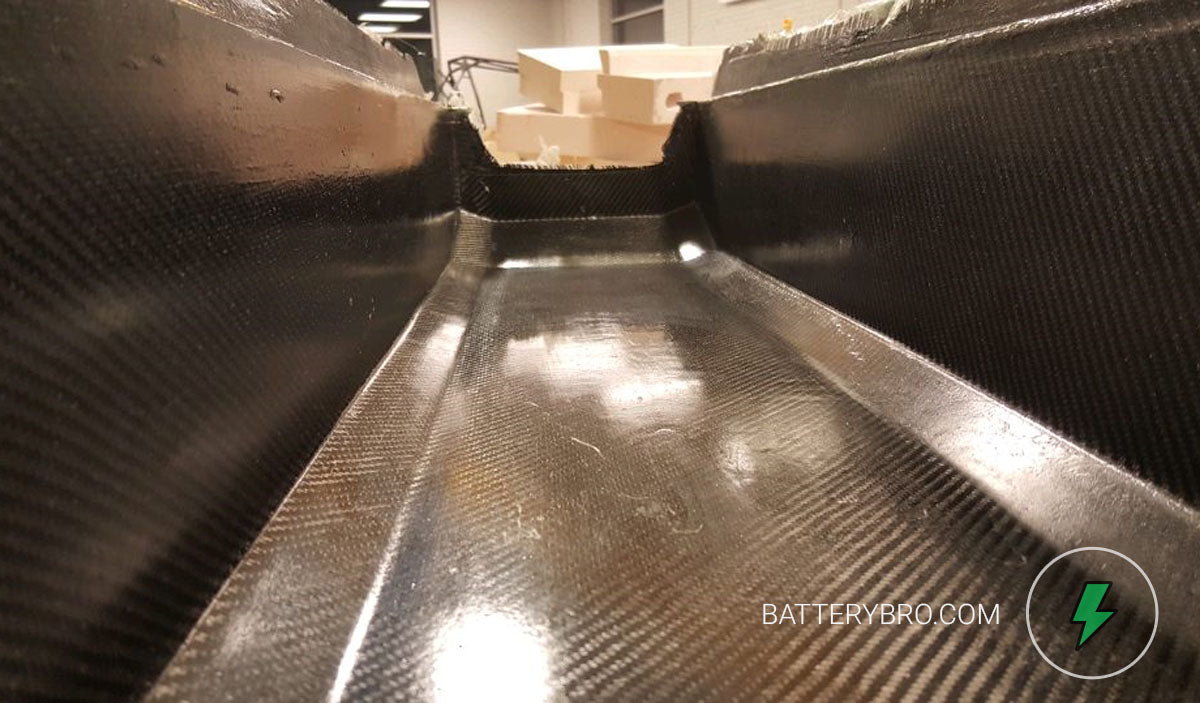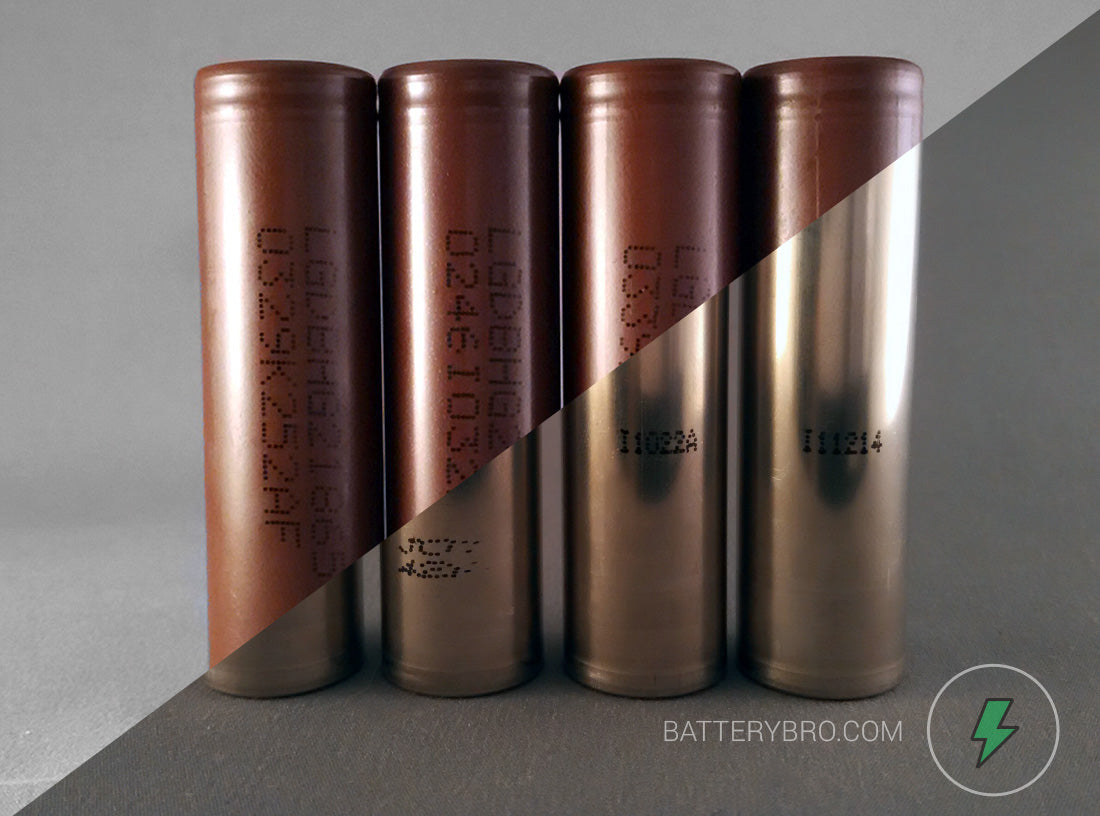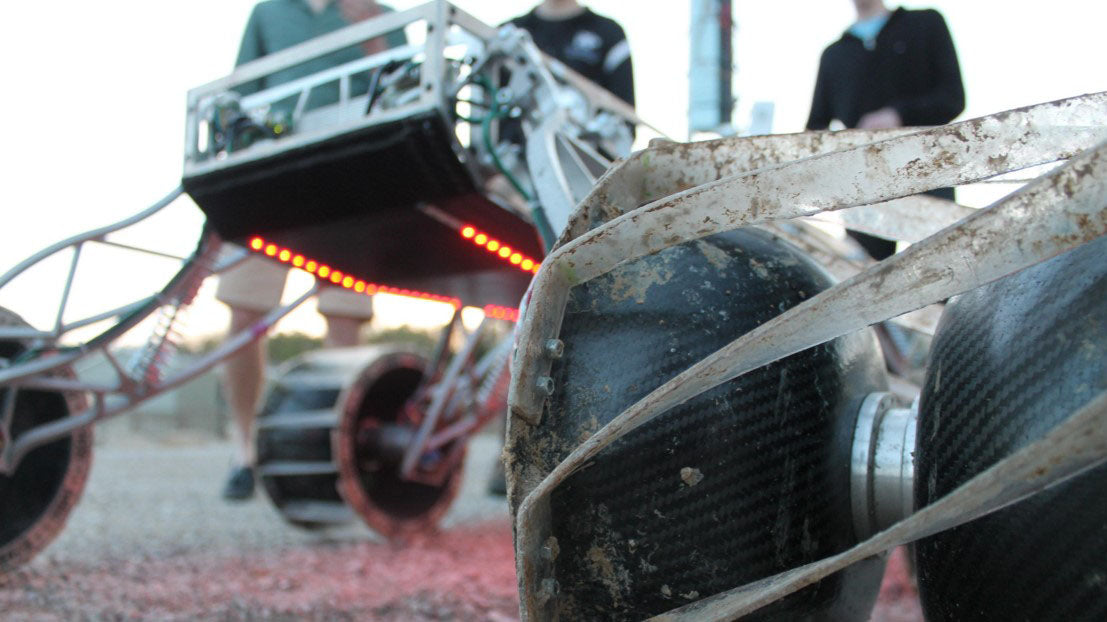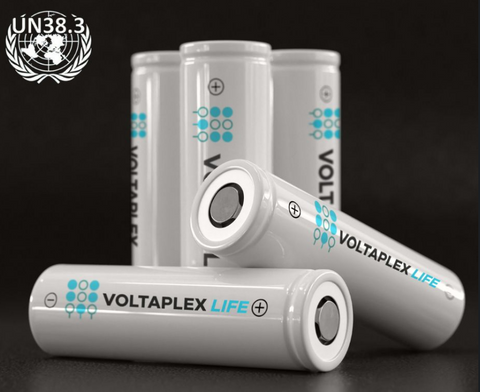Battery Bro Interviews: Alyssa, CEO of Mars Rover S&T March 24 2016, 4 Comments

Here is a picture of their rover with a functional robotic arm attached.
Battery Bro recently provided 18650 batteries to the Mars Rover Design Team at Missouri S&T.
We are fascinated by space, and the see lithium-ion as an "enabling technology" that can help us reach the world's spacefaring goals.
As such, we asked the design team for an interview which they were happy to oblige!
We spoke with Alyssa who answered all of the questions below on behalf of her team.
Let's talk to Alyssa

Alyssa McCarthy
Chief Executive Officer
1. What is the purpose of your project?
The Mars Rover Design Team is a student run design team located at the Missouri University of Science and Technology (Missouri S&T) in Rolla, MO. The purpose of the competition is to design & build the “next generation” of Mars Rovers, that will one day work alongside humans in the field. The team competes every year in the University Rover Challenge (URC), an international competition held in Hanksville, Utah. The team has been competing for three years. In 2015, we also became the first American team to ever compete in the European Rover Challenge, held in Kielce, Poland. The team placed 10th out of 44 teams from all around the world! Find out more here:
marsrover.mst.edu | urc.marssociety.org
2. Why did you choose LG INR18650HE2 lithium-ion cells for your project?
We chose these cells due to their high current output and excellent value

The custom lithium-ion pack configuration used in the rover
3. What kind of pack configuration do you use for your cells, and why?
We have the cells configured in eight modules in series, with each module housing 10 cells in parallel. We use this configuration to achieve our desired output of 33.6 volts at a maximum of 200 amps.
4. What kind of temperature extremes will the rover experience, and how will you control for them?
While the rover will not actually go to space, the deserts of Utah can have some pretty extreme heat. We are planning on implementing a cooling system with fans to prevent the batteries from overheating, and will be closely monitoring the temperature of the batteries between tasks.
5. Are there any other dangers to your battery system posed by the extreme environment in space?
Should the rover actually go to space, there would have to be some radiation-protection casing covering the cells, protecting both the cells and the rover from any extreme environments it may experience. In order to save cost, the competition does not require us to design for the actual atmosphere of Mars.
6. How do you regulate the battery output (e.g. BMS), and how does that have to be adjusted for space?
The battery output is regulated through our custom battery management system, which monitors the voltage of each module as well as the current output from the pack. The output is regulated further at our custom power board, which steps the pack’s voltage down and again monitors voltage and current outputs. Whenever these outputs behave unexpectedly, these systems are programmed to turn off voltage busses or disconnect the pack entirely from the rover. Again, the competition does not require us to design for space conditions, saving us both time and money.

The battery array will be a long, flat surface that will slide underneath the rover, instead of the cube-like array from last year. Leaner & lighter is one of the main themes this year.
7. Are there any unique or unusual aspects of your pack design (form factor, tabbing, etc.)?
To connect the individual cells in parallel to form our modules, tabbing is spot-welded across the cells’ terminals. To connect these modules together in series, custom 3D-printed moldings are used and screwed together. In addition, the batteries are laid in a pallet-like configuration, similar to the way Telsa battery cells are laid out. This lowers the center of gravity, and also allows for physical separation between battery terminals. Similar to Teslas, this configuration requires us to design and build a skid plate for the bottom of the rover.
8. What is the planned recharge / use schedule for the batteries?
a. Do they shut down during the Mars night?
b. If they recharge during the Mars day, how long does a full charge take?
This year, the BMS also charges our batteries, so we will not need an external charger. They will be charged between competition tasks and also at night. A 90% charge should take about 2-3 hours, plus varying time for trickle charging.
Final thoughts
Learn more
If you are interested in learning more about space batteries, a .PDF published by NASA titled Guidelines for Lithium-ion Battery Use in Space Applications (54 pages) is the ideal place to start.
Current space batteries
Curiosity, Spirit, and Opportunity all use lithium-ion batteries created by Yardney.
Yardney batteries boast the following characteristics:
- Outstanding energy density – 358Wh/L
- Excellent specific energy – 145Wh/Kg
- Long operating life – 2100 deep cycles
- Impressive discharge capability
- Continuous 10C rate
- Pulse 50C rate
- Rapid recharge capability – C rate
- Broad temperature capability
- -40° C to +65° C
- True prismatic design
Future
As you can see, a key differentiator is the temperature which the cells can handle. Typical 18650 batteries are not able to perform under 20 degrees Celsius. This is a good target for cell innovation.
One such battery chemistry uses internal resistance to create self-heating cells (Link: Nature) which would save energy (lessen cell degradation and facilitate less environmental heating).
What other innovations are needed for batteries to work well in space?
Thank you Alyssa McCarthy for talking to us about your rover batteries.









Comments
Anton on April 06 2018 at 03:54PM
On Mars batteries do most of the work at night keeping heaters on for electronics and themselves.
clay barclay on August 20 2017 at 02:17PM
Thank you to Elon Musk for the under floor design, excepting for the cell chemistry, this is the most valuable contribution to EV transport! He is one of the smartest people in the tech group. His only contender is Steve Jobs but I think time will show Elon the victor (if it already hasn’t).
dina on February 13 2017 at 06:23PM
this is great article
Arthur C. on April 04 2016 at 11:06AM
Thank you for the great blog article as always Battery Bro. I’m an engineer with a commercial space start-up and your information on batteries is invaluable to our team.